Founders
Early UNCP Leaders
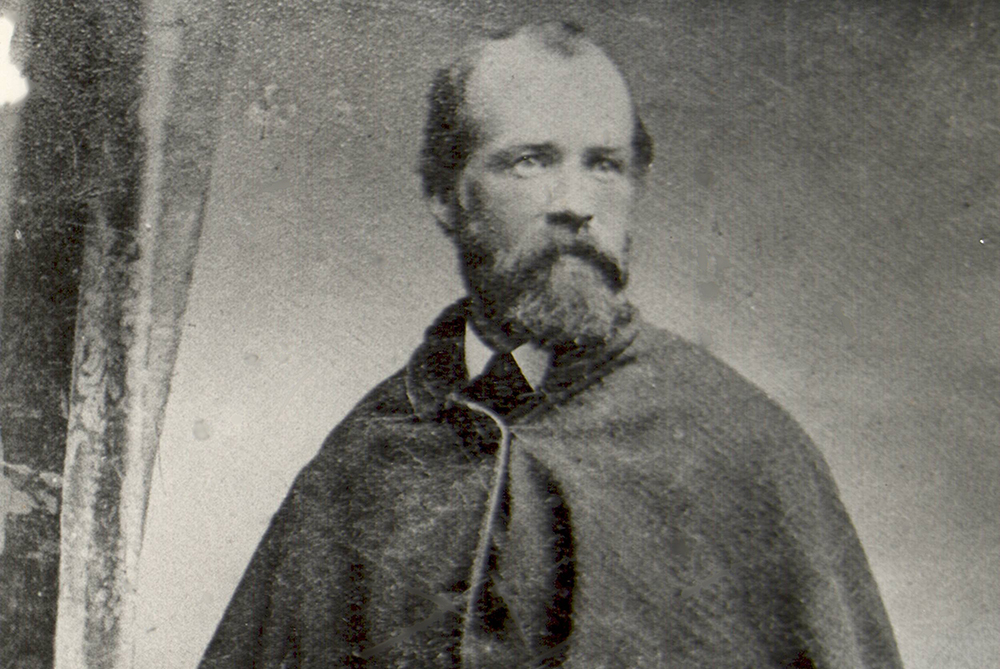
Hamilton McMillan
August 29, 1837 - February 27, 1916
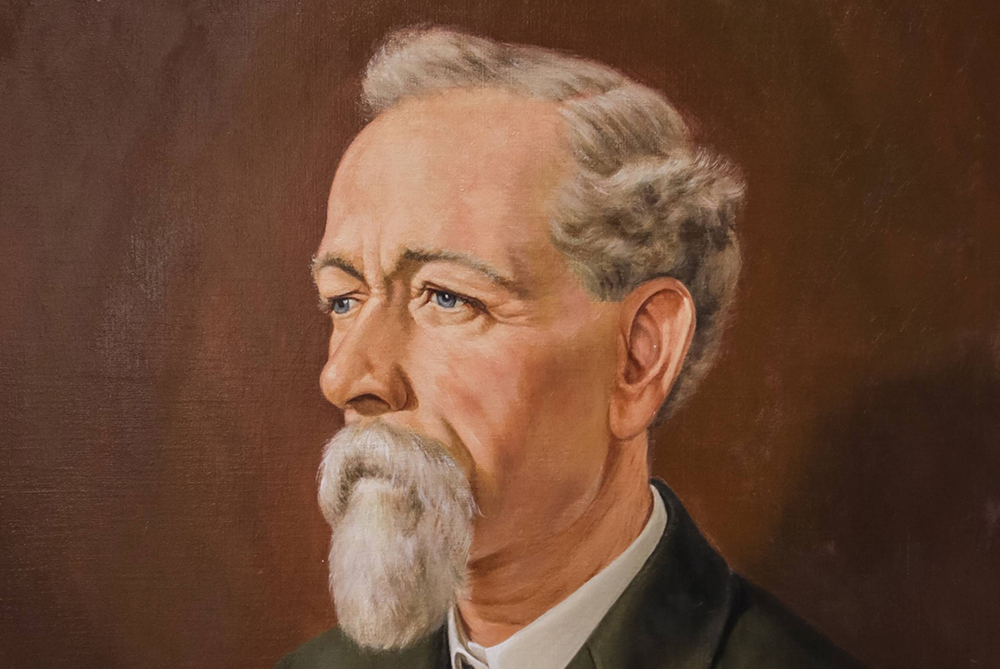
Rev. William Luther Moore
October 12, 1857 - December 22, 1930
Rev. W.L. Moore was a Waccamaw Siouan Indian born in Columbus County, NC. After teaching in the area for five years, Moore moved to Robeson County as a traveling Bible salesman. There, he married Mary Catherine Oxendine, the first American Indian female teacher in the county. As an ordained Methodist minister, teacher, administrator and farmer, Moore was a leader in his community5, encouraging McMillan to introduce the bill to establish the Croatan Normal School and garnering significant respect from those around him. Moore died in 1931, and in 1951, UNCP named Moore Hall in honor of his community leadership.
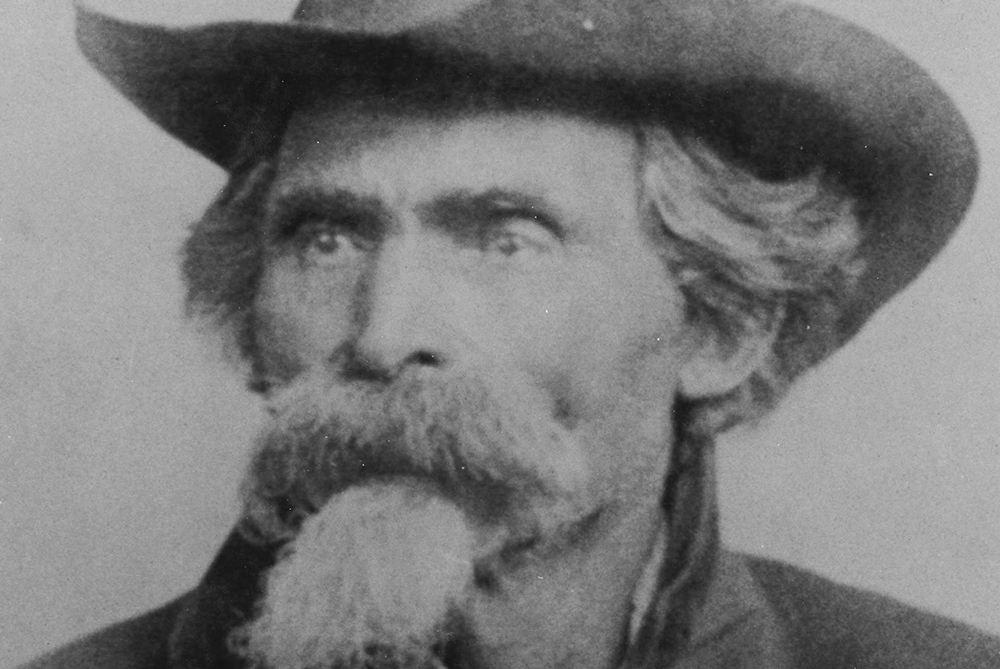
Preston Locklear
March 16, 1839 - January 21, 1916
Locklear, a Lumbee Indian who resided in the Prospect area with his wife Emmaline Lowry, was a farmer, logger, and influential member of the community. Prior to serving on the Croatan Normal Board of Trustees, Locklear was a trustee for a local subscription school. He was one of the first to advocate for separate American Indian schools and served as an honorary member of the Confederate Order of the Red Men. Locklear and Lowry were the parents of the first American Indian physician in Robeson County, Dr. Governor Worth Locklear66.

James E. Dial Sr.
1855 - November 8, 1933
A Lumbee Indian born south of Pembroke, Dial Sr. married Elizabeth “Bettie” Locklear in 1877 and settled in the Saddletree community. Dial Sr. was a “progressive farmer,” who served on the Board of Trustees for 35 years7. He was also a charter member of Mt. Olive Baptist Church in the Saddletree community8. After making a significant impact on the education and well-being of American Indians in Robeson County,9 Dial Sr. died in 1933.

Isaac Brayboy
January 21, 1836 – February 3, 1919
A Lumbee Indian and member of the Bear Swamp community, Brayboy was a farmer, turpentine laborer and active supporter of Indian education. Brayboy took direction of the Union Chapel Methodist Church after non-white members were “separated out” from the Methodist Episcopal Church in 1870. In 1906, he was chosen as an alt delegate to the Robeson County Democratic Convention10 and in 1912, he gave the prayer at a box supper fundraiser at Union Grove Methodist Episcopal Church. Brayboy is buried at St. Annah Free Will Baptist Church. According to a family oral tradition, lumber used in the construction of historic Old Main was supplied by his grandson Tecumseh's sawmill located north of Pembroke, near Buie (Braveboy-Locklear).
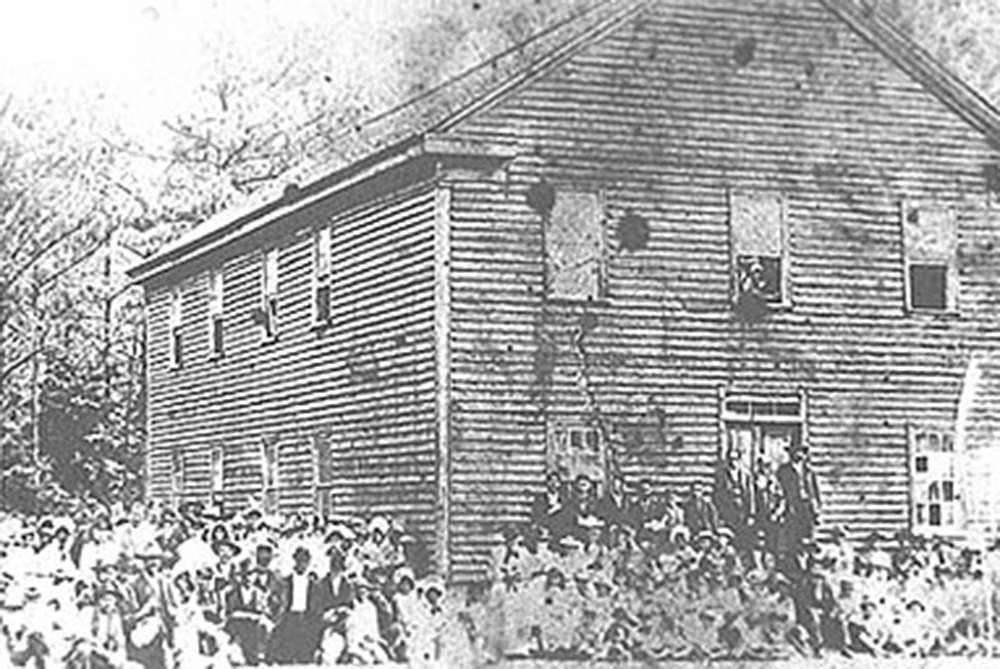
James "Big Jim" Oxendine
1821 – December 16, 1896
Oxendine was a Lumbee Indian who married Eliza Lowry and settled in the Pates community as a prosperous merchant and farmer. During Reconstruction, Oxendine was the first American Indian elected county commissioner in Robeson County11. Oxendine was a lifelong friend of W.L. Moore and is buried in Oxendine Cemetery at Sampson Junction, south of Pembroke, while Eliza is buried with her siblings at St. Annah Free Will Baptist Church, north of Pembroke.
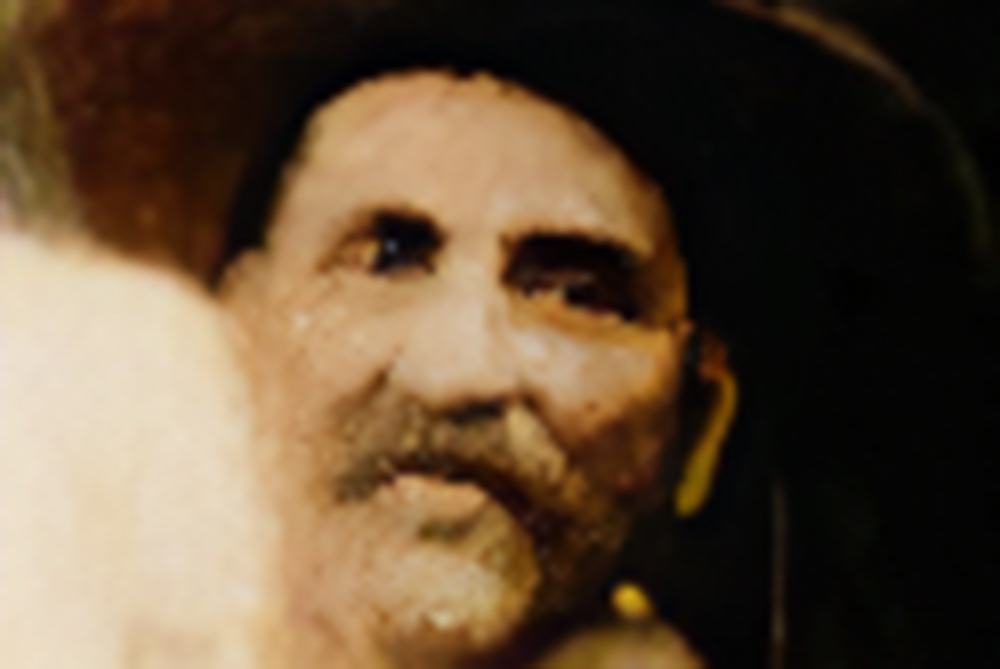
Olin Oxendine
January 7, 1853 – July 6, 1932
Oxendine was a Lumbee Indian who married his second wife, Flora Lowry (the daughter of John Locklear and Vicilla Lowry), in 1895. Like the other trustees, Oxendine was a farmer who lived in the Bear Swamp community near Pembroke. Olin and Flora are buried in Oxendine Cemetery at Sampson Junction, south of Pembroke.
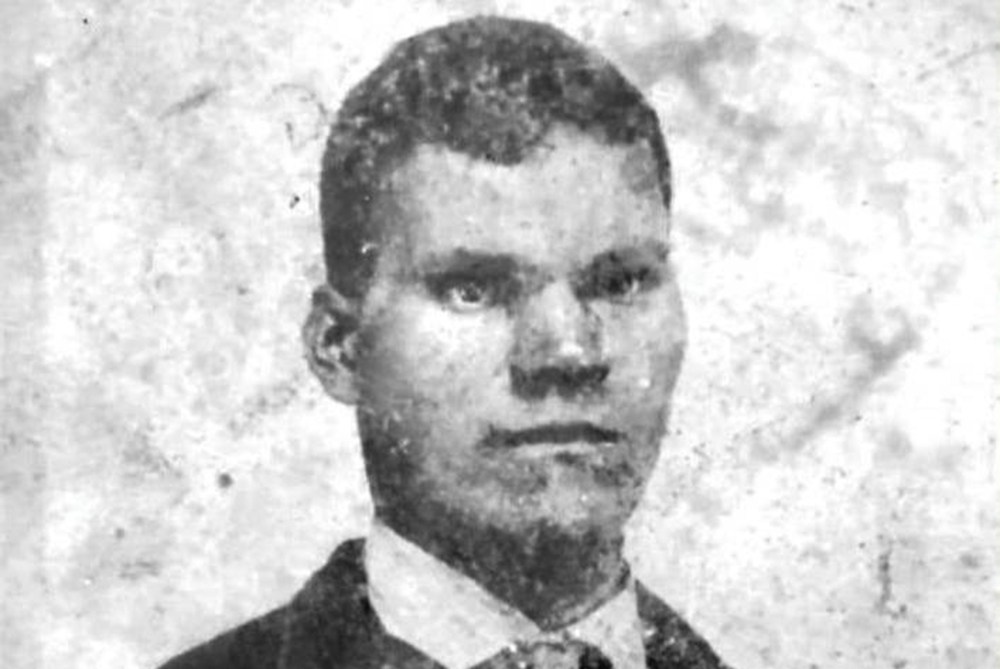
John J. “J.J.” Oxendine
1826 – November 28, 1903
A Lumbee Indian, farmer and brother to “Big Jim,” Oxendine lived with his wife Mary Jane in the Bear Swamp community. J.J. and Mary Jane are buried at Sandcutt Cemetery, southwest of Pembroke, on Oxendine Road.
References
1Col. Hamilton McMillan. Robesonian [Lumberton, NC] March 2, 1916. 4. Print.
2Statue of Hamilton McMillan. The University of North Carolina at Pembroke. March 15, 2010. Web. March 15, 2010.
3Col. Hamilton McMillan. Robesonian [Lumberton, NC] March 2, 1916. 4. Print.
4Monument to H. McMillan. Robesonian [Lumberton, NC] March 20, 1916. 3. Print.
5Life of Rev. W.L. Moore, Prominent Indian and Leader of His Race. Robesonian [Lumberton, NC] Feb. 9, 1931. 3. Print.
6Death of Preston Locklear. Robesonian [Lumberton, NC] Jan. 24, 1916. 1. Print.
7High Tribute Paid To Mr. J.E. Dial. Robesonian [Lumberton, NC] Nov. 16, 1933. 7. Print.
8Memorial Services In Honor Of Mr. J.E. Dial. Robesonian [Lumberton, NC] Jan. 1, 1934. 4. Print.
9High Tribute Paid To Mr. J.E. Dial. Robesonian [Lumberton, NC] Nov. 16, 1933. 7. Print.
10Township Primaries. Robesonian [Lumberton, NC] Sep. 3, 1906. 1. Print.
11Evans, William McKee. To Die Game: The Story of the Lowry Band, Indian Guerrillas of Reconstruction. Baton Rouge: Louisiana State University Press, 1971. Print.